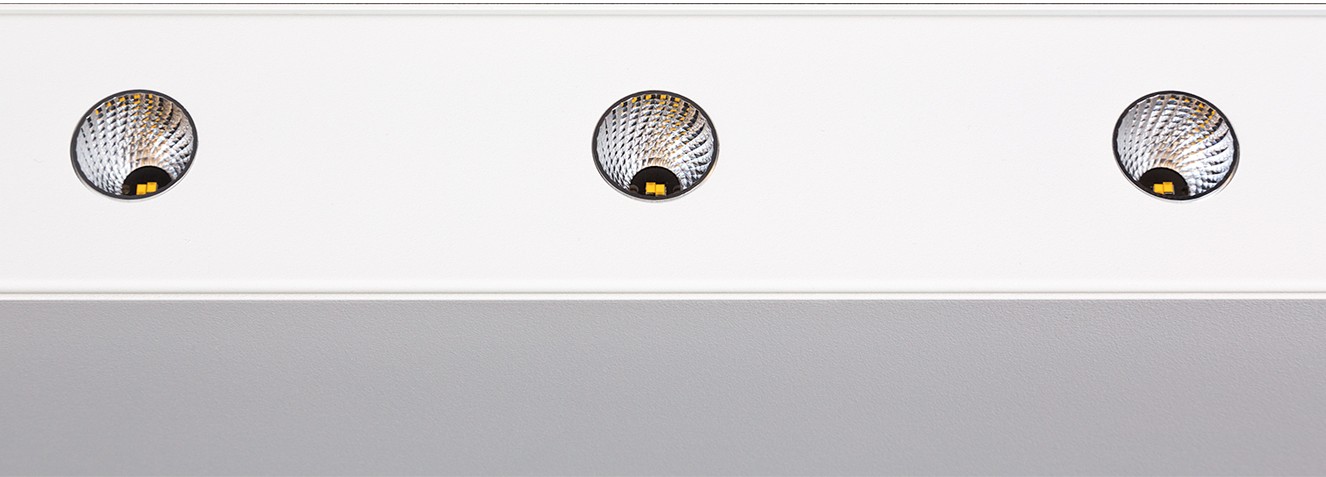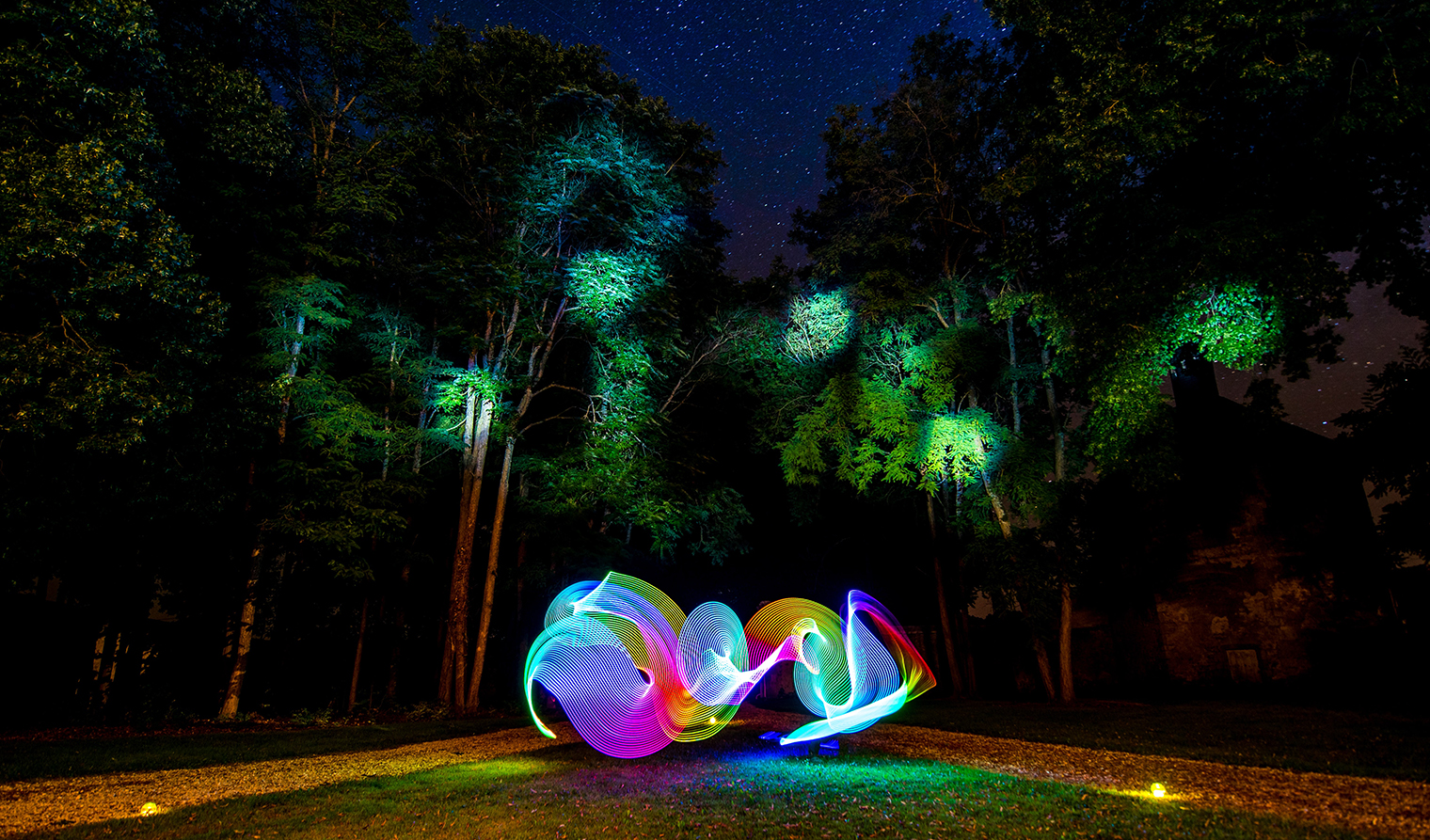Modern lifestyle has had a great impact on Earth’s resources, climate change and the natural environment, therefore in recent years, conventional forms of resource use are increasingly being questioned and the need for new environmentally-friendly solutions is growing. LED lighting is environmentally friendly and one of the most efficient types of lighting available. Although it has been present since the middle of the 20th century, only 10 years ago has started to be available for commercial use. What is it that makes LED lighting so superior compared to other types of lighting?
EXTENDED DURABILITY
One of the main reasons why LED bulbs are considered environmentally friendly is the fact that they are designed to last longer than conventional light bulbs. Their lifespan can be up to 20 times longer than incandescent or halogen bulbs. The fact that they last longer means that replacement is not needed to such an extent, and therefore production that consumes resources. Longer service life enables lower energy consumption from power plants, which leads to a reduction in carbon dioxide emissions.

When it comes to the environment more is less, therefore, the fact that it is not necessary to produce a light bulb so often eliminates the consumption of resources during packaging, transport and storage. Reducing waste to a minimum is also one of the positive effects of the reduced need for replacements that LED lighting provides with its longevity.
ENERGY EFFICIENCY
Standard LED bulbs consume less energy and can be up to 80% more energy-efficient than conventional lighting sources. If we take an incandescent light bulb, for example, as one of the most common, we can conclude that it converts 95% of its energy into heat and only 5% into light. The LED bulb converts 95% of the energy it consumes into lighting, without wasting energy on unnecessary heating.

LED lighting is a great example of direct lighting. A smaller number of bulbs is needed to get the same amount of light compared to traditional types of lighting. The ecological potential of LEDs is primarily seen in the lighting of large business and production facilities, where lighting is a significant item in energy consumption.
Reduced energy use and its efficient conversion into light make LED lighting environmentally friendly because it requires fewer resources. When you choose LED lighting for your home or business space in addition to the positive impact on the environment, you save money on electricity consumed.
LED LIGHTING DOES NOT USE TOXIC ELEMENTS
LED lighting is not made of toxic materials, such as mercury. The production of this type of lighting is carefully designed with the idea of being one of the factors in reducing our planet’s pollution. LED does not create toxic waste generated by disposing of the material composition of traditional lighting. Toxic waste can leak and thus come into contact with nature and contaminate the environment. Such waste must be collected and disposed of in a special way which further causes additional types of costs and the use of different resources.

As they do not contain toxic materials, LED bulbs are not dangerous for the environment or for the users themselves, and therefore do not require special methods of disposal or the use of additional resources. Even if at first glance, in individual cases, all these savings in energy or resources seem negligible, if we all replace our incandescent or fluorescent bulbs with LED lighting, the positive effect on the environment would be noticeable very quickly.
CHOICE FOR THE ECOLOGICAL FUTURE
Switching to LED lighting alleviates the pressure on the Earth’s resources. We save money and energy, while at the same time we are saving our planet. Knowing that the quality of lighting is not endangered, the replacement of conventional types of lighting with LEDs is not only an economical move but also necessary for a more stable future of our planet.











